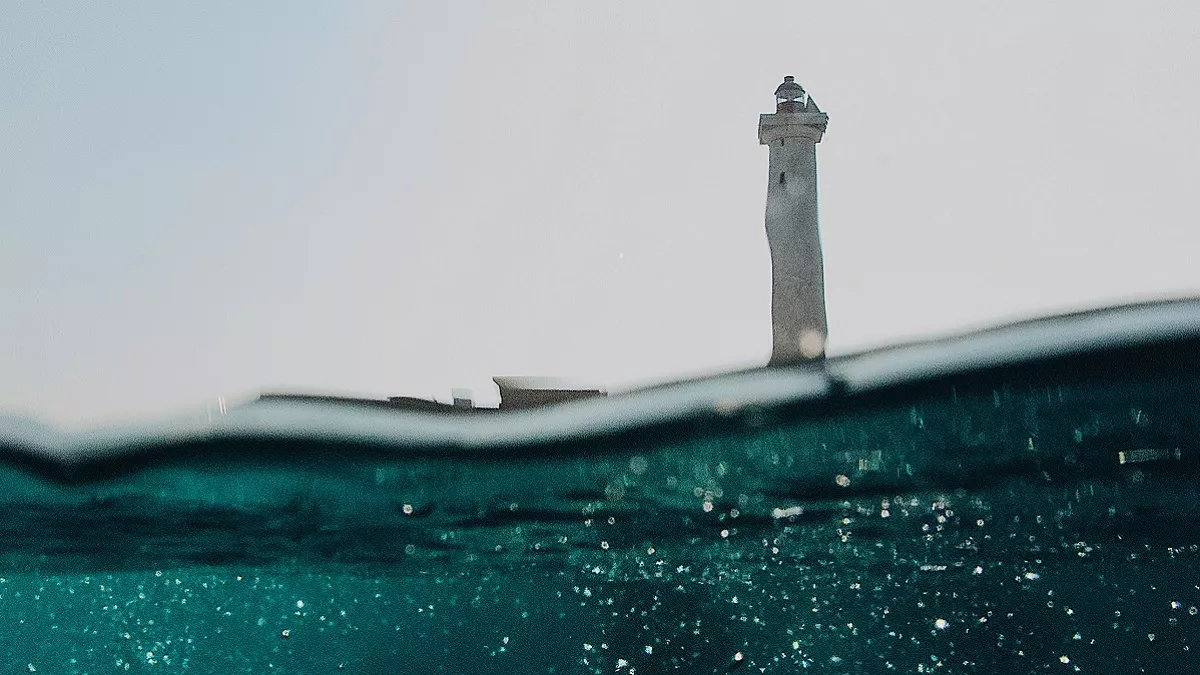MIT Researchers Have Built A Battery-Free Underwater Navigation System

In what could potentially be a breakthrough discovery for deepwater exploration, researchers at the Massachusetts Institute of Technology (MIT) have developed a battery-free underwater navigation system. The system, called Underwater Backscatter Localization (UBL), uses environmental sound to pinpoint a location underwater.
The team at MIT is working on improving the UBL technology to prepare it for use in mainstream subsea activities. The institute has also produced a research paper on this, written by Reza Ghaffarivardavagh, Sayed Saad Afzal, Osvy Rodriguez, and Fadel Adib.
At present, underwater navigation relies heavily on battery-powered acoustic systems. These systems use a battery to emit acoustic signals to map the objects buried deep in water. Although battery-equipped acoustic systems are way more effective underwater than other options such as GPS, there are still some issues.
A battery-run acoustic unit depletes its juice rather quickly, making frequent battery replacements a must. As per Adib, this is because “sound is power-hungry,” and the batteries used in these systems “can drain very quickly.”
Why MIT’s Underwater Navigation System Carries A Big Promise?
Since it is extremely difficult to carry out long-term underwater missions on a limited battery, an alternative that ditches batteries altogether is an exciting development.
Rather than emit sound waves, the UBL aims to intercept the sounds produced by other sources underwater for navigation purposes. It employs piezoelectric materials and a technique called “frequency hopping” to achieve this. As of now, the system locates objects within a small radius — scientists are working to expand the detection zone.
The new acoustic model is also energy-efficient as the MIT News reports UBL requires “net-zero energy” to operate.
Ghaffarivardavagh, a prominent figure for MIT’s project, hopes that battery-free navigation systems will enable us to explore the underwater world on a larger scale than currently possible. “We’re hoping to understand the ocean at scale,” adds Adib.





